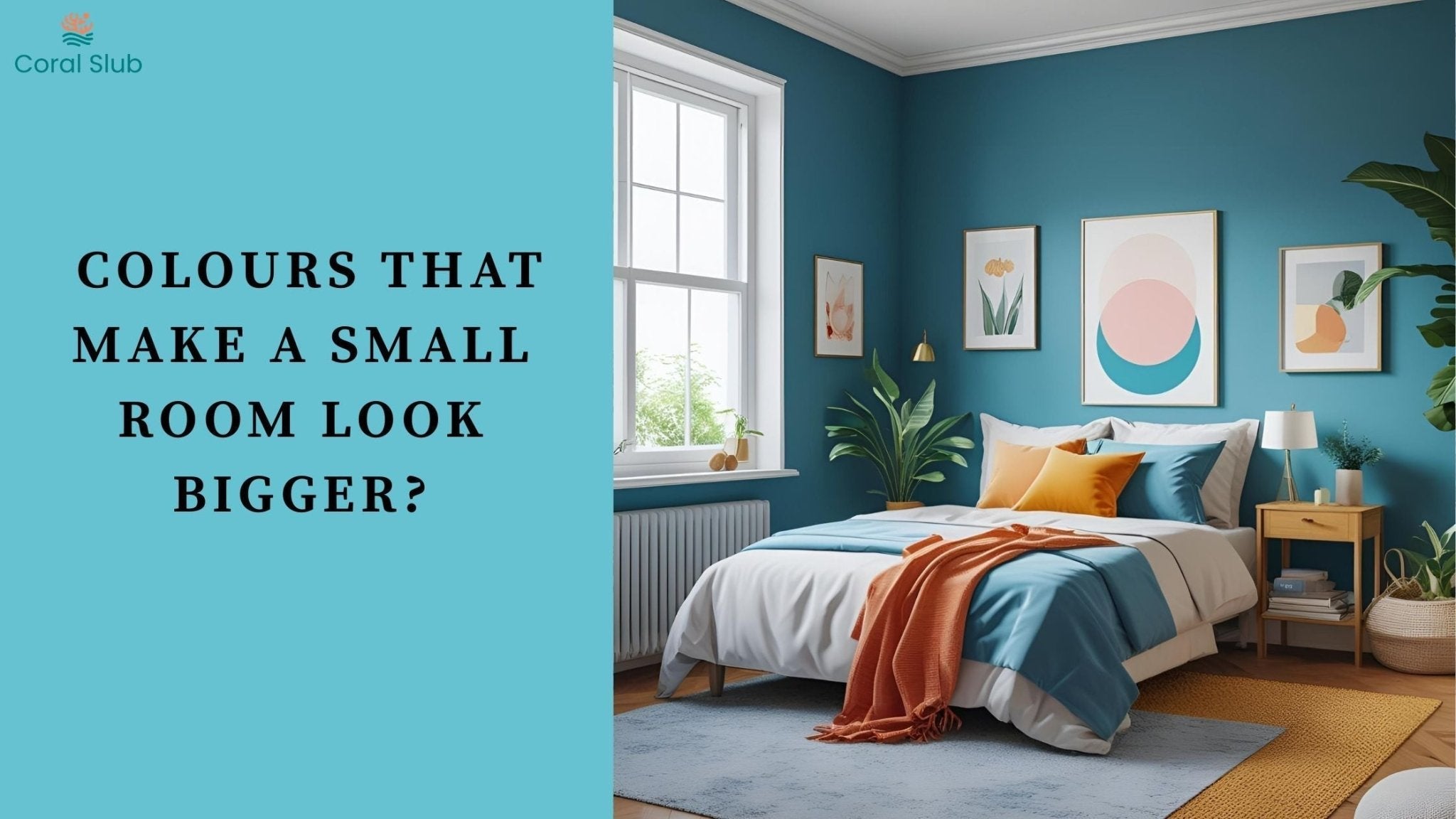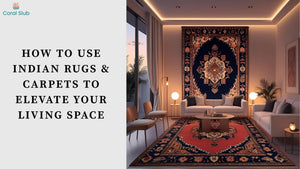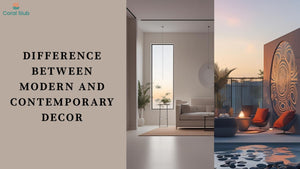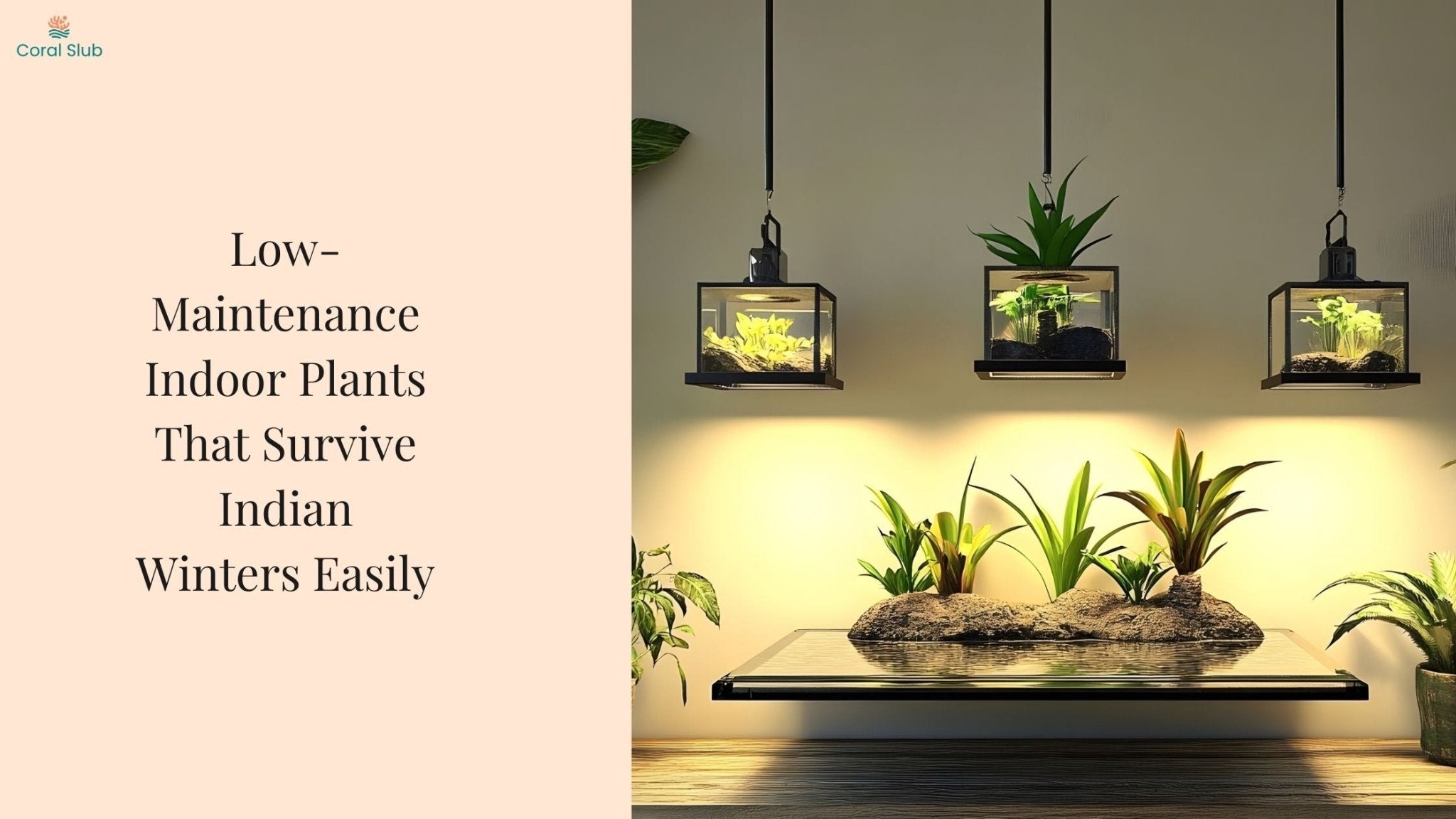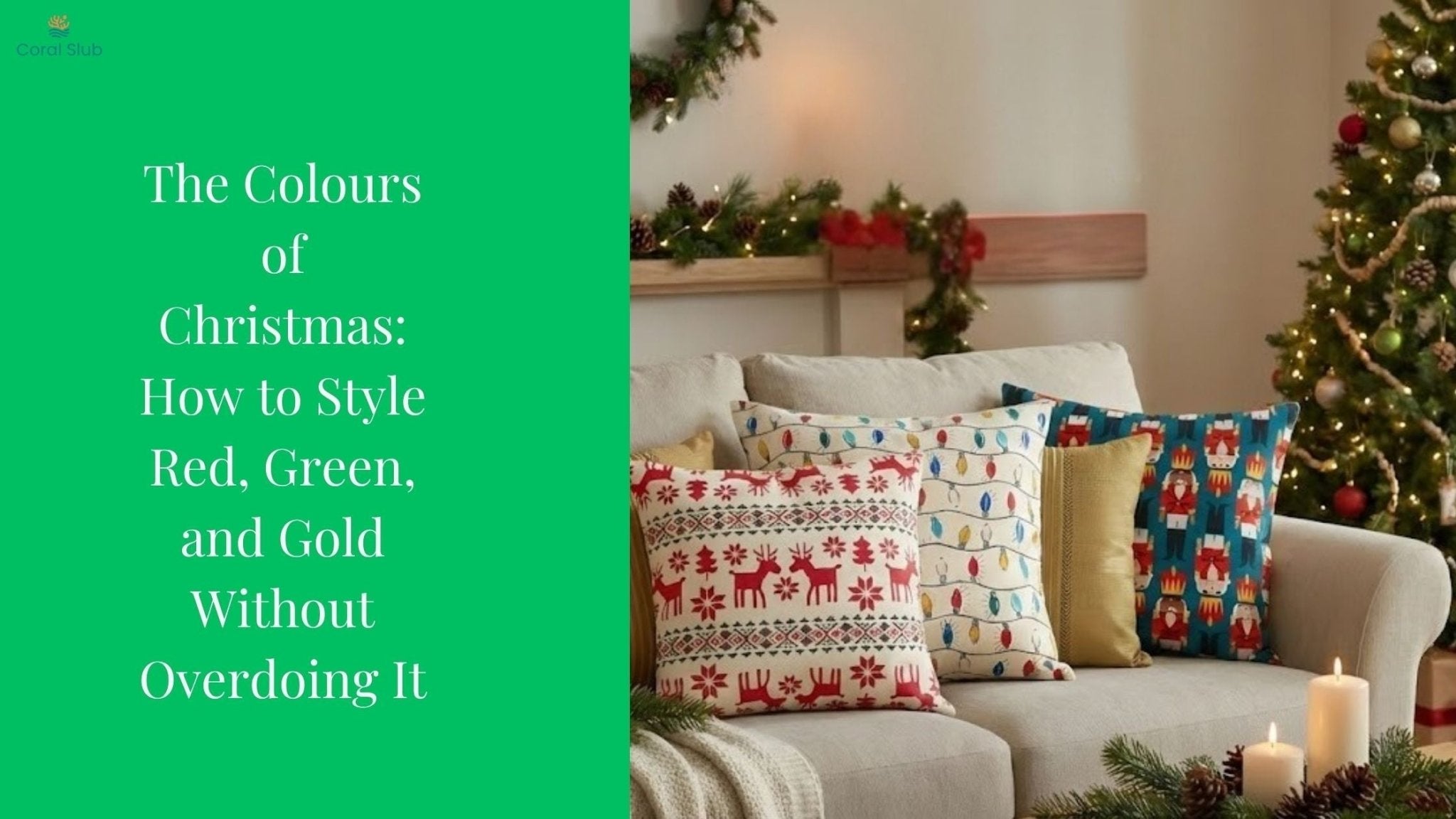Small rooms don't have to feel cramped or claustrophobic. The right color choices can dramatically transform your space, making it appear larger, brighter, and more inviting. Interior designers have long relied on specific color strategies to maximize the perceived size of compact areas.
The Science Behind Color and Space Perception
Colors affect how we perceive depth, light, and dimension in a room. Light colors reflect more natural light, creating an airy feeling, while certain color combinations can trick the eye into seeing expanded boundaries.
12 Expert Color Tricks to Expand Your Small Room
1. Pure White Walls

White remains the ultimate space-expanding color. It reflects maximum light and creates seamless visual flow. Choose warm whites like ivory or cream to avoid a sterile hospital feel.
2. Light Neutral Palette

Soft grays, beiges, and off-whites create a sophisticated backdrop that makes walls appear to recede. These colors work especially well in rooms with limited natural light.
3. Monochromatic Color Scheme

Using varying shades of the same color eliminates visual breaks that can make a room feel chopped up. Try different tones of blue, gray, or green throughout the space.
4. Cool Blues and Greens

Cool colors naturally recede, making walls appear farther away. Soft powder blue, sage green, or seafoam create an expansive, calming atmosphere.
5. Paint the Ceiling the Same Colour

Extending wall colour onto the ceiling eliminates the visual boundary between vertical and horizontal surfaces, creating the illusion of height and continuity.
6. Use Lighter Colours on Accent Walls

Instead of dark accent walls that can close in a space, choose a slightly lighter shade of your main colour for accent walls to maintain the open feeling.
7. High-Gloss or Semi-Gloss Finishes

Reflective paint finishes bounce light around the room, creating depth and brightness. Use these finishes strategically on trim, doors, or one accent wall.
8. Light-Colored Flooring

Pale wood tones, light tile, or neutral carpeting extend the light color palette to the floor, creating uninterrupted visual flow from bottom to top.
9. Soft Pastels

Gentle pastels like blush pink, lavender, or pale yellow add personality while maintaining the light-reflective qualities that expand space.
10. Strategic White Trim

Crisp white molding, baseboards, and door frames create clean lines that define space without overwhelming it, adding architectural interest while maintaining openness.
11. Light-Reflecting Metallics

Incorporate subtle metallic accents in light gold, silver, or champagne through hardware, light fixtures, or decorative elements to bounce additional light around the room.
12. Gradual Colour Transitions

Create depth by using progressively lighter shades from floor to ceiling, starting with the darkest tone on the floor and ending with the lightest on the ceiling.
Colors to Avoid in Small Rooms

Dark colors like deep navy, charcoal, or chocolate brown can make walls feel closer and rooms appear smaller. While these colors have their place in design, they're best used sparingly in compact spaces through accessories rather than wall color.
Additional Tips for Maximum Impact
Lighting matters: Even the perfect paint color won't expand your space without adequate lighting. Combine your color choices with multiple light sources, including overhead lighting, table lamps, and natural light.
Consider the room's purpose: Bedrooms can handle slightly more intimate colors than living areas, while bathrooms benefit from the freshest, lightest options.
Test before committing: Paint large swatches on different walls and observe them at various times of day before making your final decision.
Conclusion
The key to making a small room look bigger lies in choosing colors that reflect light and create visual continuity. Light, neutral, and cool colors are your best allies, while strategic use of monochromatic schemes and reflective finishes can dramatically transform your space's perceived size.
Remember, the goal isn't just to make your room look bigger, but to create a comfortable, inviting environment where you love to spend time. The right color choices will help you achieve both objectives, turning your small room into a spacious-feeling sanctuary.

